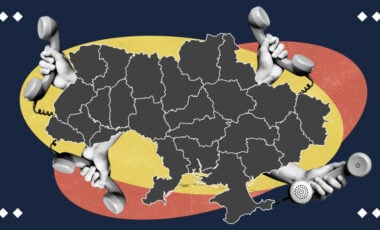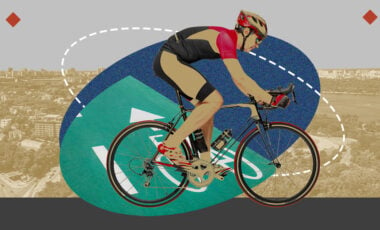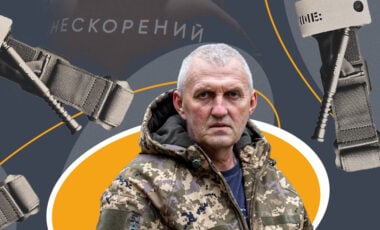Solution to win: Ukrainian teenager invents Russian drone interception system

Photo: GETTY IMAGES
A 15-year-old schooler Artem Krysko invented the ANTI SHAHED system for intercepting and neutralizing enemy drones.
He presented this concept at the INFOMATRIX 2023 International Computer Project Competition, winning a silver medal, dev.ua reports.
What is the problem?
Russian troops attack Ukrainian towns and villages almost every day and night. They use various types of weapons, including Iranian-made Shahed drones, to disrupt Ukraine's air defenses and terrorize civilians.
What is the solution?
Artem has been fond of programming and robotics for the past four years.

Artem Krysko
I'm self-taught, I watched YouTube, read books on public forums, and learnt from guides, he says.
Artem wanted to test the hypothesis and the possibility of creating a system to neutralize these drones while facing the school assignment deadline. He both came up with something for the school contest and a useful invention for future projects.
We came up with the system with a computer science teacher literally 10 days before the end of the competition, he recalls.
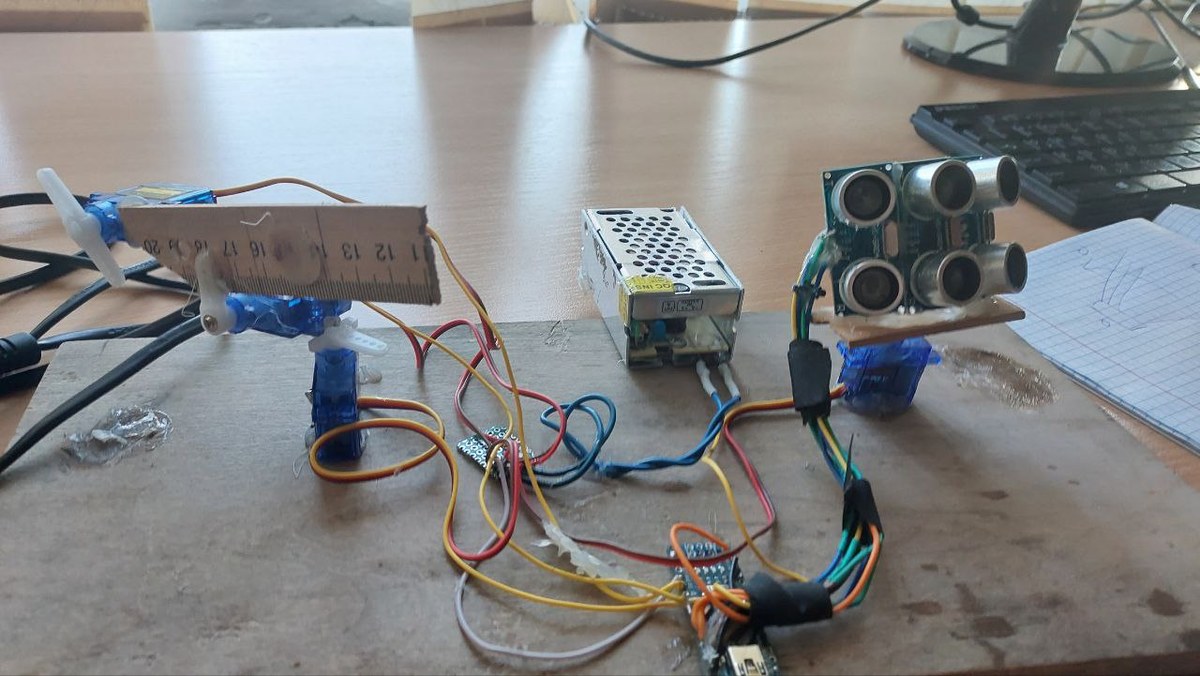
The ANTI SHAHED system concept
How does it work?
Artem says that he and his computer science teacher exchanged ideas. In the process of creating the device, he split the work 50-50 between writing the code and manual work, such as assembling, soldering, and cutting.
As for the technical aspect, I did everything myself, says Artem.
ANTI SHAHED is a model of an air defense system that demonstrates all the processes of real defense equipment and, as Artem says, will help one learn the basics of air defense.
It works quite simply, he adds. The system itself can be divided into two parts: a radar and a gun.
The radar works with a distance sensor, which is based on ultrasonic radiation. When infrared light is conditionally repelled from a target and returns to the device, it measures the distance to the object.
Rotating every 2-3 degrees, the radar records the distance to the nearest obstacle. These measurements occur every 2 degrees in the range from 0 to 160 degrees. This creates a data set that can be used to detect a target.
The data is transmitted to a microcontroller, which processes it using an algorithm built by Artem. It compares the new data with the previous ones, and if it finds differences that are greater than the permissible ones, it starts counting the number of different measurements.
If the number matches the specified number, the target acquisition algorithm is triggered, and the coordinates are transmitted to the gun's servo motor.
Well, then the air defence system is already working on that data, Artem stressed.
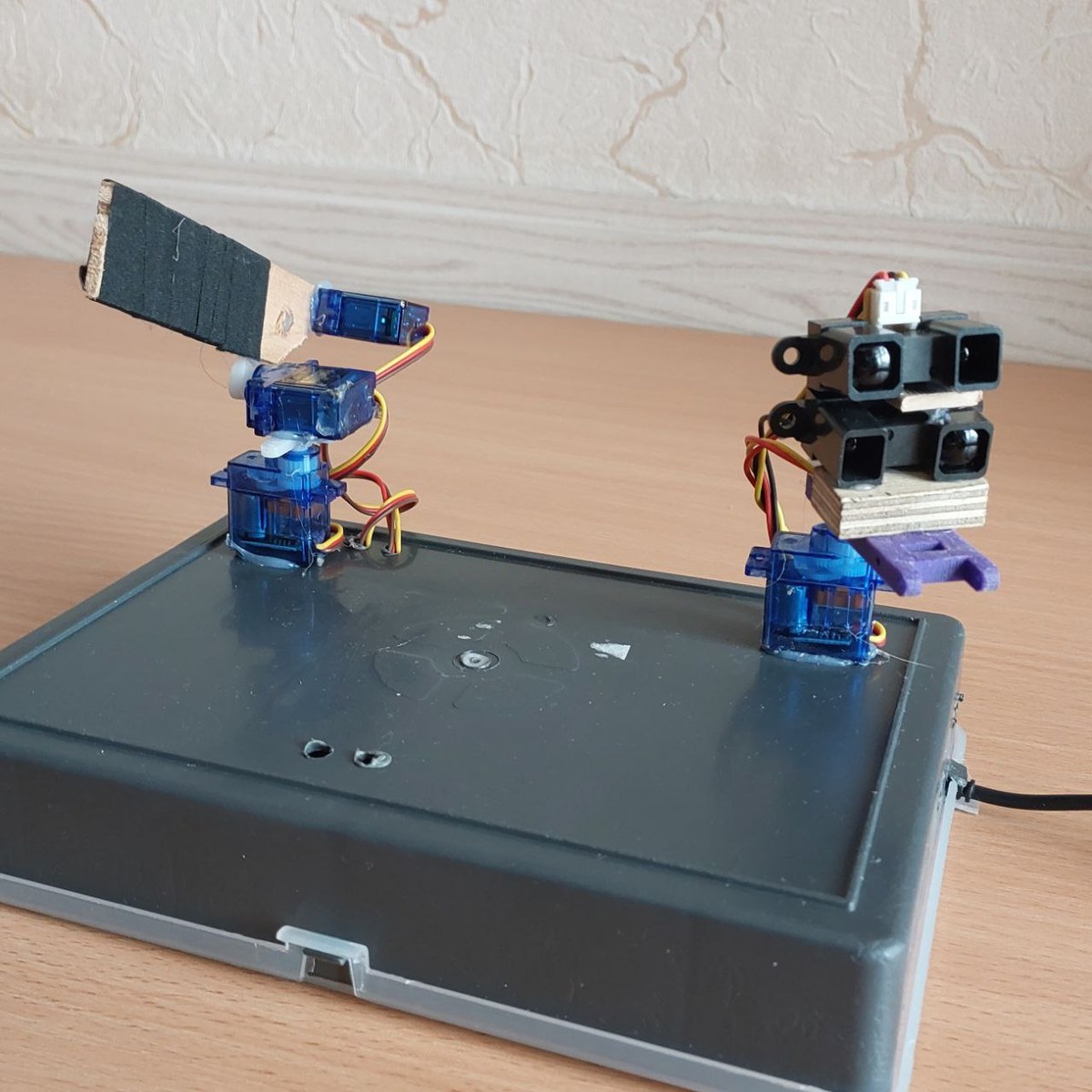
ANTI SHAHED system model
Artem created the model in a smaller form to easily test it at home and prove the system's functionality. The system itself measures 20×13cm, and the Shahed model is 10×8.5cm.
I even have a mini-model of Shahed made of wood, he says.
The mini system fixes the target at a distance of up to 160 centimeters and hits it at a distance of about 50-60 centimeters.
Artem says he would like to continue developing in programming and robotics, developing new tools that may help Ukraine win.











